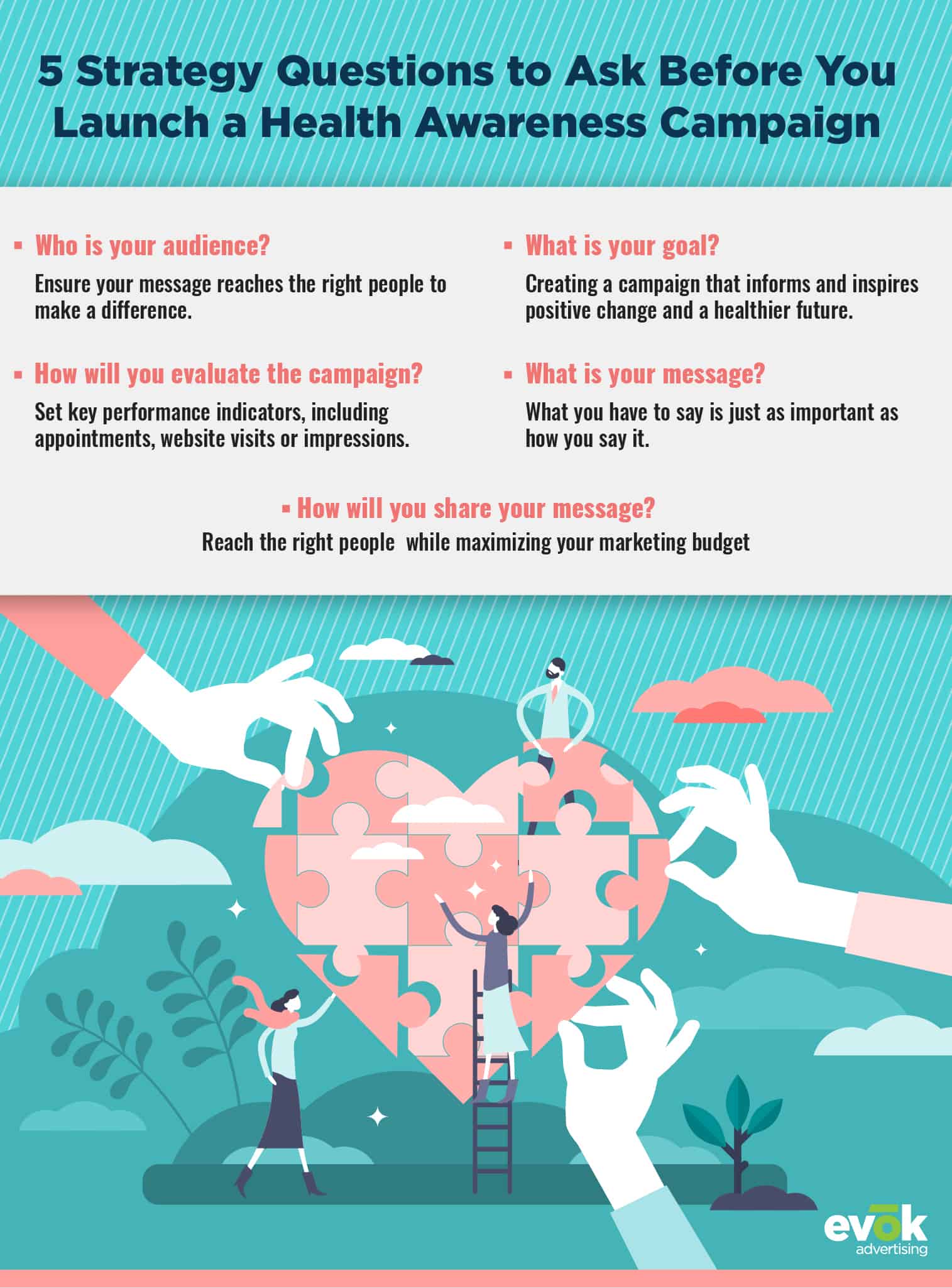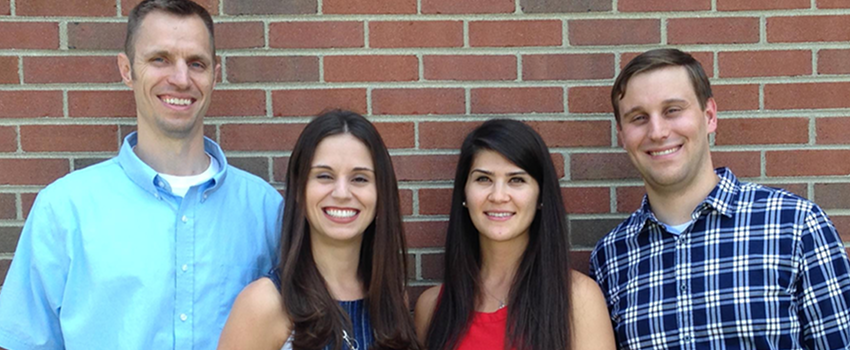

In this context, we implemented the PRISME study to: - identify the determinants, in particular social and psychosocial, of sun-protection of French summer tourists visiting the Mediterranean coastline - design two prevention interventions grounded in psychosocial theories - compare the impact of both interventions on tourists' sun-protection behaviors, and identify the determinants influencing this impact.
#CROSSOVER HEALTH CAMPAIGNS SKIN#
Literature reviews concluded that appearance-based interventions highlighting the aesthetic effects of sun exposure on skin photoaging showed promise in terms of improving sun-exposure and sun-protection behaviors, especially among younger people, but that more rigorous studies were needed. During summer, intense exposure constitutes a major risk factor for melanoma, making tourists a particularly high-risk population. Overexposure is partially motivated by a desire to tan oneself for aesthetic reasons. Social and psychosocial characteristics may play an important role in sun protection determinants. Despite annual prevention campaigns, the French population continues to be overexposed to the sun and under-protected. Its prevalence is steadily increasing in fair-skinned populations in most European countries. The most serious effect, melanoma, is largely attributable to natural ultraviolet radiation.


Background: Sun exposure has short- and long-term adverse effects on eyes, skin, and the immune system.


 0 kommentar(er)
0 kommentar(er)
